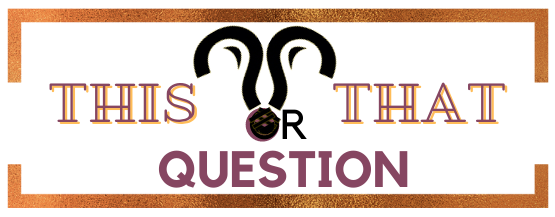The terms ‘eyeing’ and ‘eying’ are often used interchangeably and can have similar meanings. However, there are some subtle differences between the two terms that can help you to decide which one is more appropriate for any given situation.
The main difference between ‘eyeing’ and ‘eying’ is that ‘eyeing’ is the act of looking at something with your eyes, while ‘eying’ is the act of looking at something with a certain intent or purpose.
For example, if you were to say “I was eyeing the cake” it would imply that you were simply looking at the cake with your eyes. On the other hand, if you were to say “I was eying the cake” it would imply that you were looking at the cake with the intent of buying or eating it.
Another difference between the two terms is that ‘eyeing’ is more often used in a passive sense, while ‘eying’ is more often used in an active sense. An example of this would be if someone said “I was eyeing the cake” it would imply that you were looking at the cake without any intention of taking action. On the other hand, if someone said “I was eying the cake” it would imply that you were looking at the cake with the intention of taking action or making a decision.
In conclusion, the difference between ‘eyeing’ and ‘eying’ is subtle. Generally speaking, ‘eyeing’ is used in a more passive sense, while ‘eying’ is used in an active sense.The terms ‘eyeing’ and ‘eying’ are often used interchangeably and can have similar meanings. However, there are some subtle differences between the two terms that can help you to decide which one is more appropriate for any given situation.
The main difference between ‘eyeing’ and ‘eying’ is that ‘eyeing’ is the act of looking at something with your eyes, while ‘eying’ is the act of looking at something with a certain intent or purpose.
For example, if you were to say “I was eyeing the cake” it would imply that you were simply looking at the cake with your eyes. On the other hand, if you were to say “I was eying the cake” it would imply that you were looking at the cake with the intent of buying or eating it.
Another difference between the two terms is that ‘eyeing’ is more often used in a passive sense, while ‘eying’ is more often used in an active sense. An example of this would be if someone said “I was eyeing the cake” it would imply that you were looking at the cake without any intention of taking action. On the other hand, if someone said “I was eying the cake” it would imply that you were looking at the cake with the intention of taking action or making a decision.
In conclusion, the difference between ‘eyeing’ and ‘eying’ is subtle. Generally speaking, ‘eyeing’ is used in a more passive sense, while ‘eying’ is used in an active sense.The terms ‘eyeing’ and ‘eying’ are often used interchangeably and can have similar meanings. However, there are some subtle differences between the two terms that can help you to decide which one is more appropriate for any given situation.
The main difference between ‘eyeing’ and ‘eying’ is that ‘eyeing’ is the act of looking at something with your eyes, while ‘eying’ is the act of looking at something with a certain intent or purpose.
For example, if you were to say “I was eyeing the cake” it would imply that you were simply looking at the cake with your eyes. On the other hand, if you were to say “I was eying the cake” it would imply that you were looking at the cake with the intent of buying or eating it.
Another difference between the two terms is that ‘eyeing’ is more often used in a passive sense, while ‘eying’ is more often used in an active sense. An example of this would be if someone said “I was eyeing the cake” it would imply that you were looking at the cake without any intention of taking action. On the other hand, if someone said “I was eying the cake” it would imply that you were looking at the cake with the intention of taking action or making a decision.
In conclusion, the difference between ‘eyeing’ and ‘eying’ is subtle. Generally speaking, ‘eyeing’ is used in a more passive sense, while ‘eying’ is used in an active sense.The terms ‘eyeing’ and ‘eying’ are often used interchangeably and can have similar meanings. However, there are some subtle differences between the two terms that can help you to decide which one is more appropriate for any given situation.
The main difference between ‘eyeing’ and ‘eying’ is that ‘eyeing’ is the act of looking at something with your eyes, while ‘eying’ is the act of looking at something with a certain intent or purpose.
For example, if you were to say “I was eyeing the cake” it would imply that you were simply looking at the cake with your eyes. On the other hand, if you were to say “I was eying the cake” it would imply that you were looking at the cake with the intent of buying or eating it.
Another difference between the two terms is that ‘eyeing’ is more often used in a passive sense, while ‘eying’ is more often used in an active sense. An example of this would be if someone said “I was eyeing the cake” it would imply that you were looking at the cake without any intention of taking action. On the other hand, if someone said “I was eying the cake” it would imply that you were looking at the cake with the intention of taking action or making a decision.
In conclusion, the difference between ‘eyeing’ and ‘eying’ is subtle. Generally speaking, ‘eyeing’ is used in a more passive sense, while ‘eying’ is used in an active sense.


